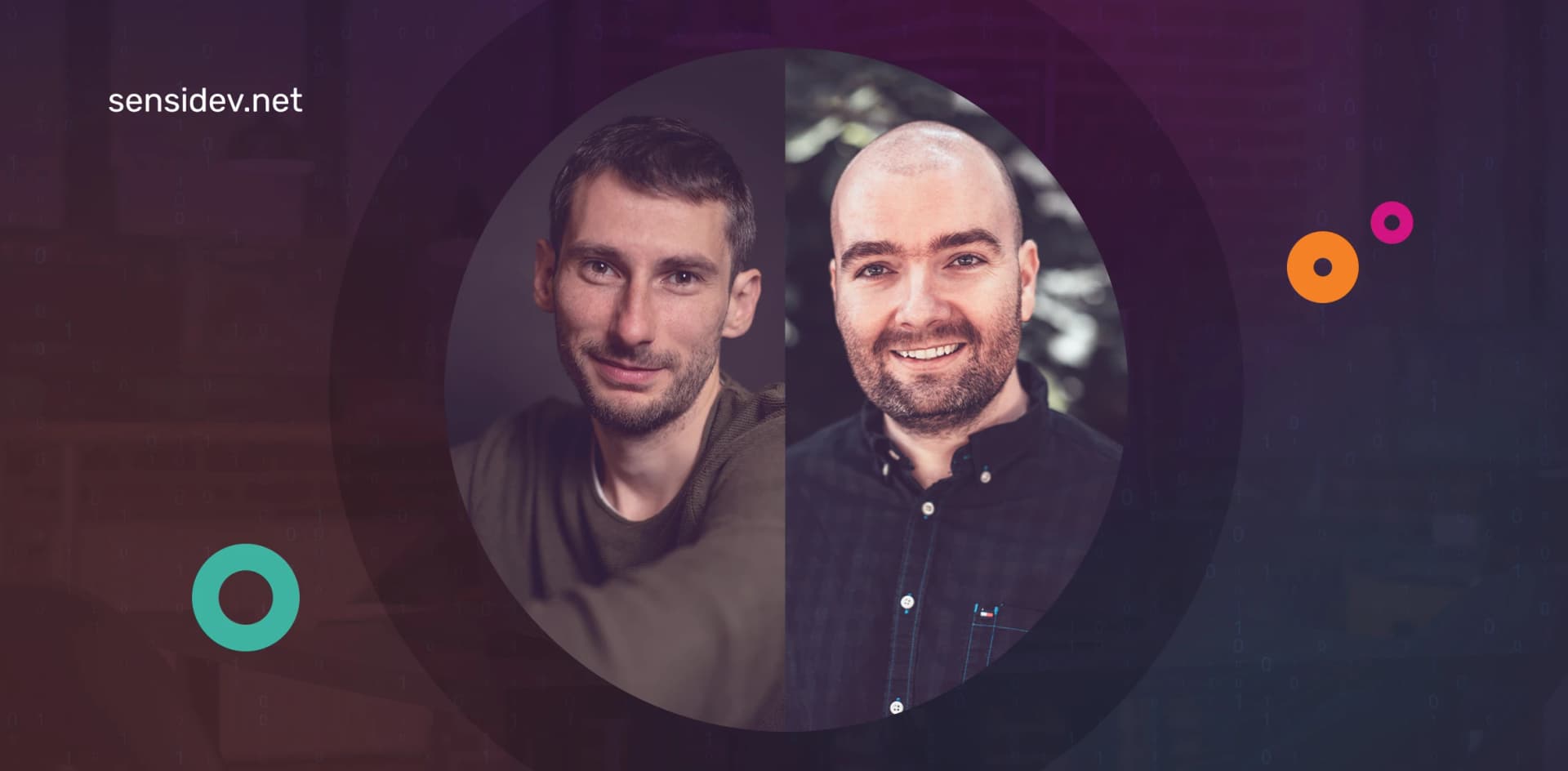
From idea to software product — how to visualize the outcome
by Andreea Oproiu • over 3 years ago • 4 min read
One of the perks of living in such a fast-paced and technology-proofed world is that you can transform almost any idea into a software outcome. From tools that streamline half of your day-to-day work to platforms that now connect us with friends or business partners all over the world, it all started with just an idea.
Which brings us to — how we can transform our ideas into software products?
As a software company, we have some information about what goes behind the scenes of building products and we want to emphasize the important steps we take. This process is meant to help you better put your idea into perspective and even test it if it’s viable or not.
The product development cycle is complex, but we approach a product idea with 3 main steps:
1. Create a proto-concept of the idea
A proto-concept represents an actual mock-up of your idea, where we can test it on a proto-user. It is a way to test the behavior a user would have when interacting with your idea as a software product.
“Proto-personas give an organization a starting point from which to begin evaluating their products and to create some early design hypotheses. They’re also helpful in initiating and reinforcing corporate awareness of the customer’s point of view to ensure it’s included in strategic planning. This is especially true when the creators of these proto-personas are in a position to affect the company’s strategic direction.”
Source
This step of the process is to gather assumptions that our client stakeholders might have about their user base’s motivations, needs, and pain points. It can also act as a prolific medium to brainstorm better features for the subject product.
2. Gather qualitative & quantitative data
It is important not only to research if there’s a market need for this product but also how the consumers would perceive it and which features would meet their needs better. For this step of the process, we turn to:
→ Qualitative insights for discovering patterns and ways the consumers would interact with the product.
→ Quantitative insights to deepen our understanding and prioritize opportunities for improvement.
When conducting qualitative research, the most common methods in software development are interviews, case studies, or user observations. This data contributes to painting the whole picture of customer pain points, needs, and even emotions when interacting with your prospect brand.
Quantitative data represents the potential tasks/features that matter most in the customer journey, and it is an important piece in the product development puzzle. This enables the development team to prioritize and better visualize the product.
3. Future-proof your idea
By following the previous steps, we can complete our customer journey and discover how this idea can come to life. However, one of the defining aspects of software products is that they are on a continuous development cycle and have to keep up with trends and user behavior.
A proven method to keep your idea safe in this dynamic environment is to future-proof it.
→ Where is your product’s industry headed?
→ What are the user behavior trends?
→ How can you capture the perceptions of tomorrow with your product?
In today’s digital world, there is a high chance that your idea has been done already or will be soon if it indeed has potential. By extending this journey mapping, you can identify other possible features.
Are you confident in your idea? Do you think it can improve users’ experience in a certain field? Well, let’s make it happen. Contact us and we’ll put your daring concept on the digital map.
Web Development Agency Insights

The Future of Web Development: Trends to Watch in 2024
by Iulian Arabagiu • 9 months ago• 10 min read

Sensidev’s Origin Story: Taking the Leap from Stability to Innovation
by Sensidev Team • 10 months ago• 6 min read
